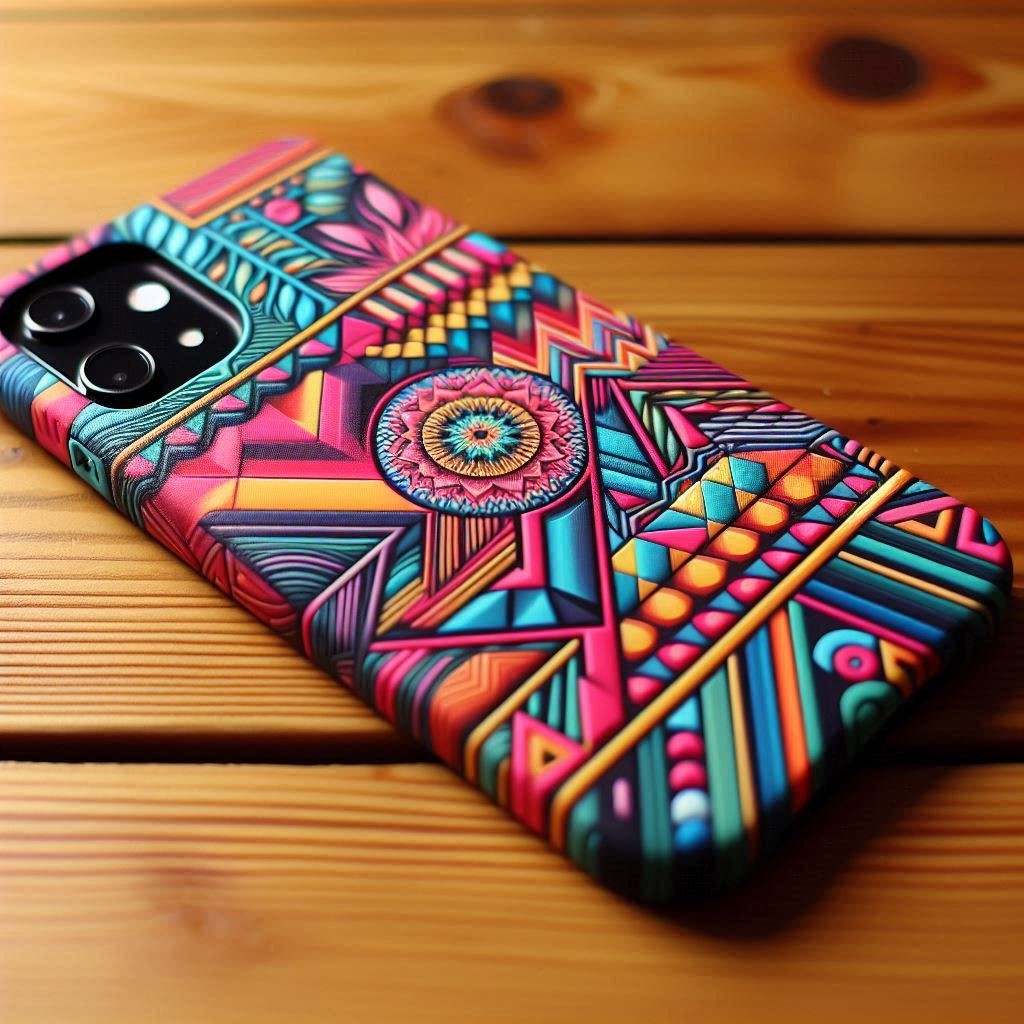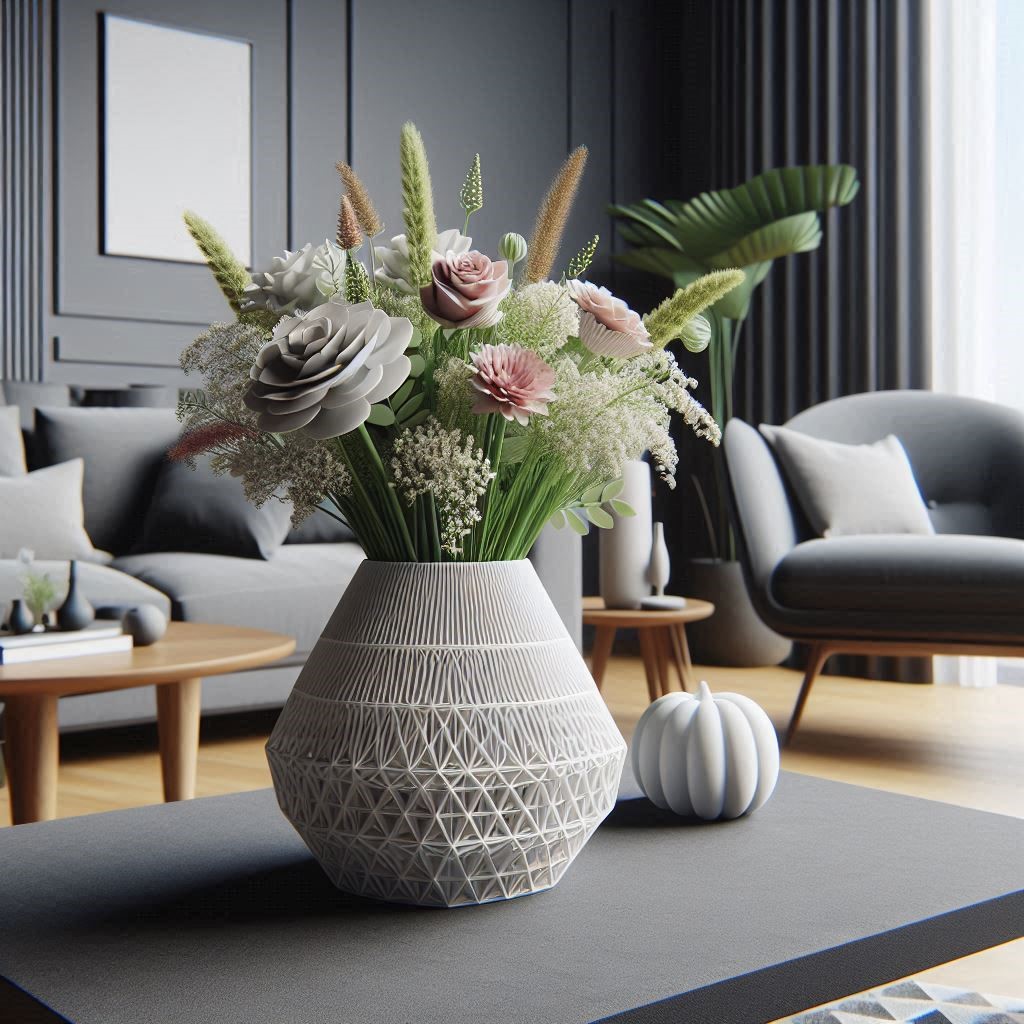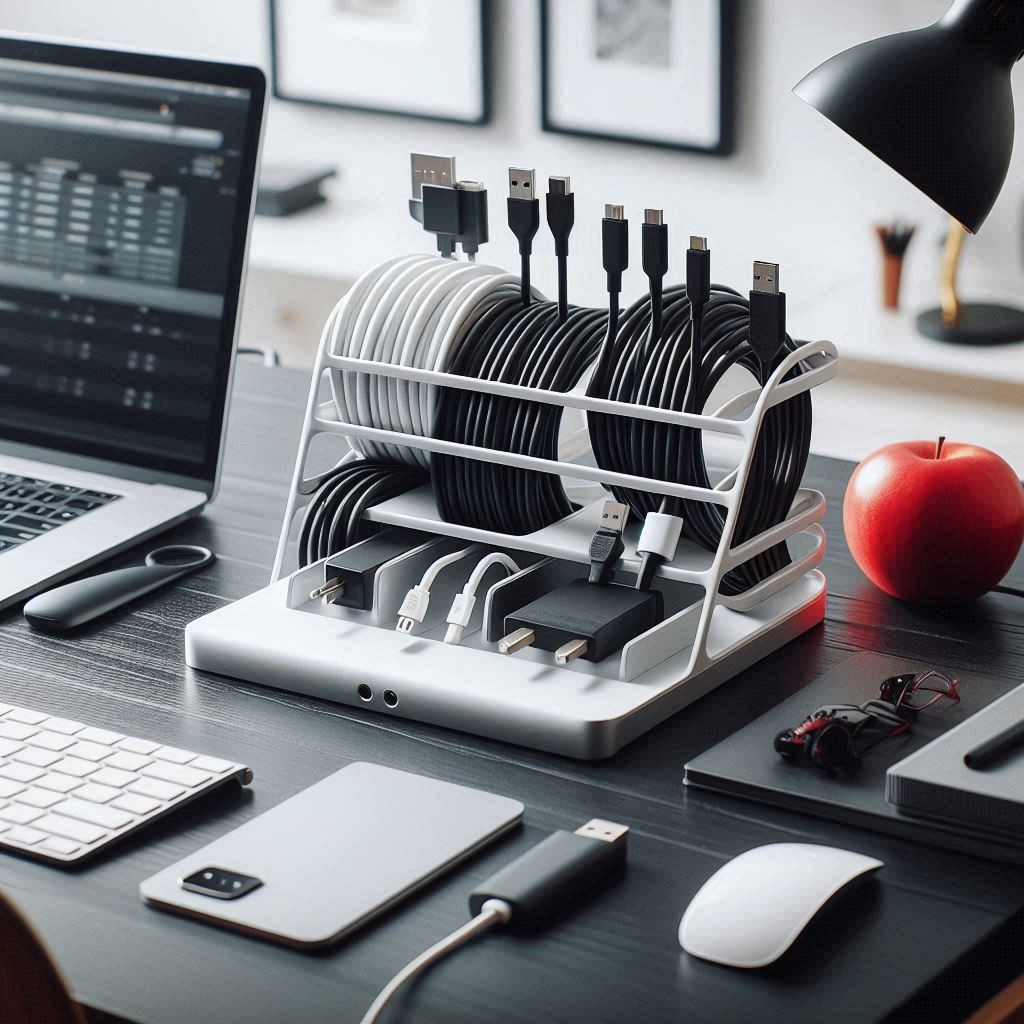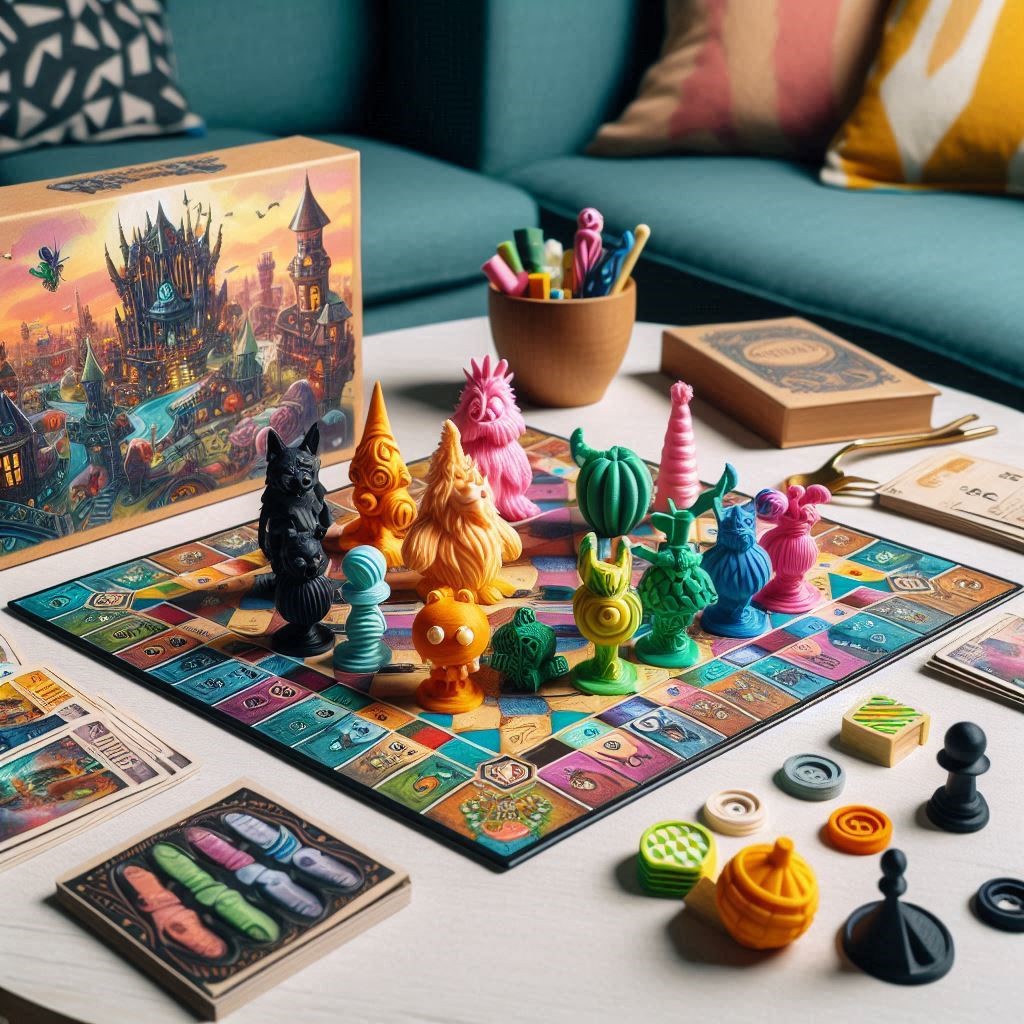The advent of 3D printing technology has revolutionized the way we approach design and fabrication. With a 3D printer at your fingertips, the possibilities are virtually limitless. Whether you’re a hobbyist, an educator, or a business owner, there are countless projects that can enhance your skills and spark your creativity. In this article, we’ll delve into some innovative 3D printer projects that cater to various interests and skill levels.
1. Custom Phone Cases
Why It’s a Great Project
Creating a custom phone case is a fantastic way to dive into the world of 3D printing. It allows you to explore design software, understand the capabilities of your printer, and produce something that is both functional and personal.
Getting Started
- Design Software: Use programs like Tinkercad or Fusion 360, which are beginner-friendly and powerful enough for more complex designs.
Customization Ideas:
- Personalized Designs: Incorporate your name, favorite quotes, or graphics that resonate with you.
- Functional Features: Add slots for cards or a stand to enhance usability.
Printing and Finishing
Choose a durable filament like PETG or TPU for flexibility and strength. Once printed, you can sand and paint your case for a professional finish, giving it a polished look.

2. Educational Models
Why It’s a Great Project
3D printing educational models can significantly enhance learning experiences in classrooms or at home. From biology to geometry, the tactile nature of 3D printed models engages students and helps solidify complex concepts.
Types of Models to Create
Biology:
- DNA Molecules: Print a 3D model of a DNA double helix to help visualize genetic structures.
- Cell Models: Create detailed models of plant and animal cells, highlighting different organelles.
Geometry:
- Geometric Solids: Print various 3D shapes to demonstrate properties like volume and surface area.
- Mathematical Curves: Explore curves like the Möbius strip or hyperbolic paraboloids.
Implementation in Learning
Using these models in the classroom can promote interactive learning. Encourage students to manipulate the models to understand better how these concepts work in three dimensions.

3. Home Decor Items
Why It’s a Great Project
3D printing home decor allows you to customize your living space while honing your design skills. From unique vases to wall art, the options are endless.
Creative Ideas
Vases:
Design a geometric vase that complements your interior decor. Consider using multi-material printing for added texture.
Wall Art:
Create intricate designs that can be hung or displayed on shelves. Experiment with layered prints to add depth and dimension.
Functional Decor:
Combine beauty and practicality by designing items like decorative light switch covers or key holders.
Finishing Touches
Once printed, you can paint your items or use post-processing techniques like smoothing and sanding for a professional look. This can elevate your home decor and make your prints more visually appealing.

4. Functional Gadgets
Why It’s a Great Project
Creating functional gadgets is not only rewarding but also practical. These projects can solve everyday problems or enhance your tech setup.
Project Ideas
Cable Management Solutions:
Design and print clips, holders, or organizers that keep your cords tidy and manageable.
Smartphone Stands:
Create a versatile stand that can hold your phone in various orientations, perfect for watching videos or video calls.
Wearable Tech:
Design custom smartwatch bands or accessories that fit your personal style and functional needs.
Printing Considerations
When printing functional gadgets, consider the durability of the materials. PLA is easy to print, but for items that require flexibility or strength, consider using ABS or PETG.

5. Prototyping and Inventions
Why It’s a Great Project
For inventors and entrepreneurs, 3D printing is a game-changer. It allows you to prototype ideas quickly and cost-effectively. This can significantly speed up the development process and help you bring your vision to life.
Steps to Prototype
- Ideation: Start with brainstorming sessions to refine your concept.
- Design: Use CAD software to create a detailed design of your prototype.
- Iterate: Print your prototype and test it. Don’t be afraid to go back to the drawing board to make improvements based on your findings.
Real-World Applications
From mechanical parts to consumer products, 3D printing can be applied in various industries. Many successful startups have launched their products after validating concepts with 3D-printed prototypes.

6. Toys and Games
Why It’s a Great Project
3D printing offers a unique opportunity to create custom toys and games that can be personalized for children or adults. This project can also be an engaging way to learn about design and mechanics.
Project Ideas
Board Game Pieces:
Design unique game pieces, dice, or even entire boards. Personalize them to reflect themes or stories.
Custom Action Figures:
Create action figures that represent favorite characters, incorporating articulation for movement.
Educational Games:
Develop games that teach concepts such as math, language, or science in a fun, interactive manner.
Safety Considerations
Ensure that the materials used are safe for children, especially if the toys are intended for younger users. Use non-toxic filaments and consider the structural integrity of your designs.

Conclusion
The world of 3D printing is expansive, offering a plethora of opportunities for creativity and innovation. Whether you’re creating custom phone cases, educational models, home decor, functional gadgets, prototypes, or toys, each project provides a unique chance to learn and explore. As technology continues to evolve, the only limit is your imagination.
So, gather your materials, fire up your 3D printer, and start your journey into the fascinating realm of 3D printing projects. You’ll not only acquire valuable skills but also create tangible products that reflect your creativity and ingenuity. Happy printing!

